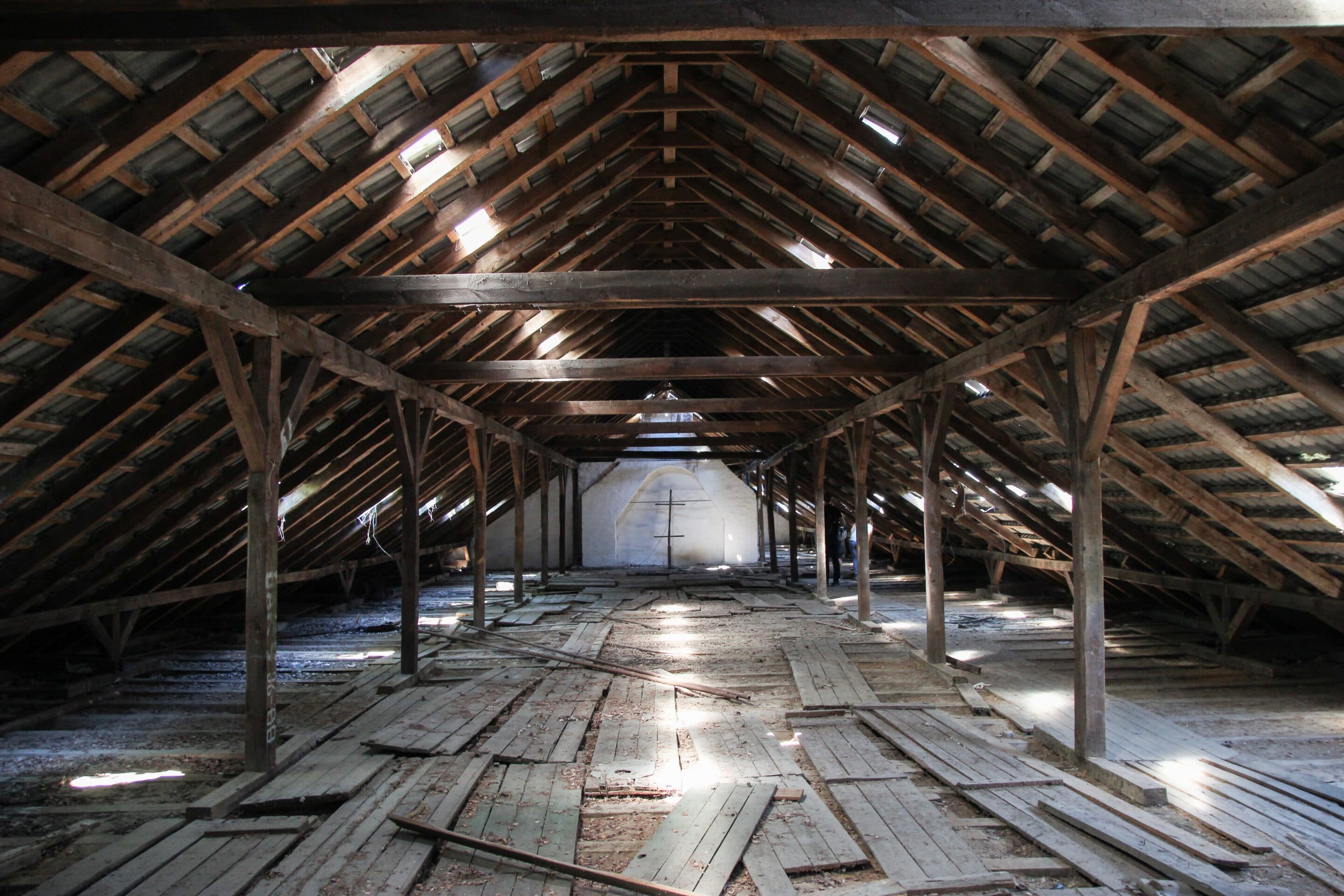Have you ever heard of radiant barriers?
Not everyone is familiar with what a radiant barrier is. What many homeowners do know, though, is that summer comes with higher energy bills. At this time of the year, the sun’s radiant heat warms our homes so much that our air conditioners must do extra work to keep the house cool.
Radiant barriers are created with energy savings in mind. Read more on how this system can help.
What Is a Radiant Barrier?
Radiant barrier systems are usually installed in attics to reduce summer heat. Reduced heat means less energy is required to run the AC. A radiant barrier is made of a highly reflective material that works by reflecting sunlight. Put simply. A radiant barrier prevents your home from becoming too hot.
Radiant barriers are made of highly reflective materials such as aluminum foil, spread over one or both sides of the substrate material. There are also radiant barrier products that are fiber-reinforced to enhance ease of handling and durability.
How Does a Radiant Barrier Work?
Heat is the flow of energy that is caused by a temperature difference. It travels from the object of higher temperature to the cooler one. Heat is transferred via different mechanisms, including convection, conduction, and radiation.
Convection is the flow of energy involved in gases or liquids. For example, when bringing water to a boil, the heat from the stove warms the water at the bottom of the kettle. As it gets warmer, the water rises and pushes cooler water down until all water is heated, and it boils.
Conduction happens when heat is transferred within the hotter area of material towards the cooler ones. Like when a spoon becomes hot when you place it in coffee.
Radiation is a transfer of energy from a source through space. Radiant heat from the sun, for example, travels through space and the atmosphere and heats anything solid that can absorb energy.
Insulation materials in your home minimize heat by reducing heat transfer via conduction, and sometimes, convection. However, radiant barriers reduce heat transfer by reducing radiant heat. The reflective surface is installed to face air space to work effectively. It’s also installed so that dust cannot easily accumulate on the surface. Dust accumulation can lessen its reflective capacity.
As sunlight strikes your roof, it heats the roof because of the sun’s radiant energy. This warmth travels from the roof to the attic primarily due to conduction as the roof is heated. The heated roofing material will then radiate the gained heat energy onto the cooler part of the attic. A radiant barrier minimizes the radiant heat transfer and prevents heat transfer into the attic, working as attic insulation.
How Are They Installed?
For maximum effectiveness, radiant barriers should be properly installed. So, it’s best to let professionals do this.
It’s simpler to install radiant barriers into newly constructed homes, but it can also be done on existing homes with an open attic. The installer usually drapes a radiant barrier with the foil side down between the roof rafters in new homes. This way, dust accumulation isn’t that likely.
Reflective foil conducts electricity, so note that contact with bare electrical wires should be avoided. Professional installers should know the best way to install radiant barriers in your home.
Contact a Professional Installer
Here at South Atlanta Insulation Experts, we can help you with radiant barrier installation for your home. Feel free to contact us for more information about how radiant barrier works and if it’s right for you. If you live in a place with hot summers like Atlanta, a radiant barrier can help with energy savings.
Call us today!
Sources:
https://www.findlayroofing.com/news/is-a-radiant-barrier-the-cure-for-a-hot

Recent Comments